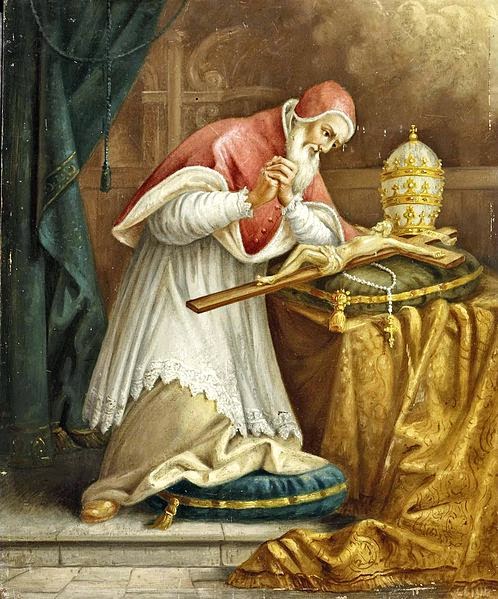 |
| Pope Saint Pius V by August Kraus |
History
His given name was Antonio
Ghislieri, and he became a monk when
he was only 14. Then, during a very difficult time in Christian history, he was
called on to bring people back to holiness. He was so famous for his devotion
to Christ, he was elected pope in 1566 and took the name Pius V. Then he worked
even harder to make sure that all Catholics understood the teachings of the
Church and how to love and follow Christ. When the Turks were threatening to
invade Europe and get rid of Christianity, Pope Pius V organized a resisting
force and got people to pray the Rosary all over Europe. The Europeans won the
battle.
Activity
One of the things that
Pope Pius V did was create the Catechism of the Catholic Church. The Catechism
collects all the teachings of the Church in an organized book, so it’s easy to
look up the information you need. There are many different Catechisms, and you
can read two of them online. The full catechism is here. The Compendium of the
Catechism of the Catholic Church is a simplified, question-and-answer version
of the Catechism that is great for families. You can read the Compendium here.
Today, use these online resources to look up the answer to a question you or
somebody in your family has. Don’t forget to bookmark both resources!



.jpg)

